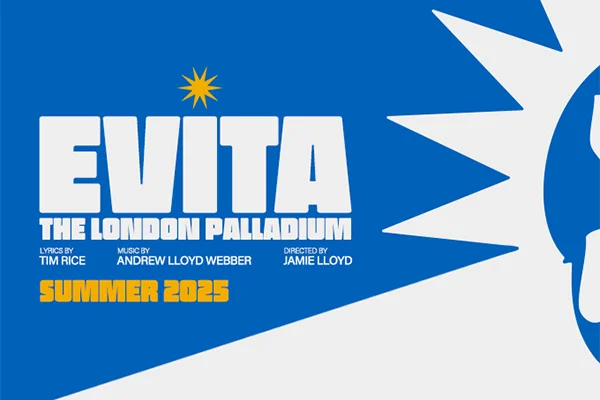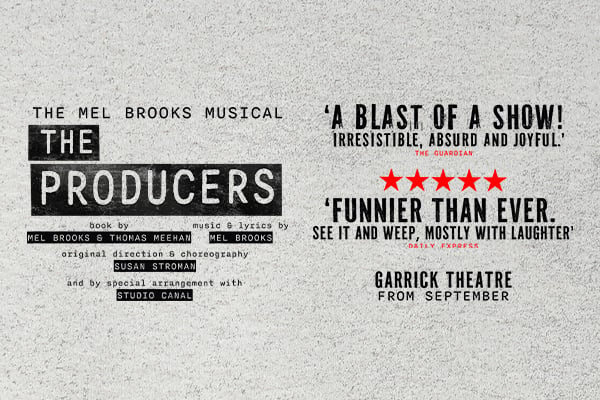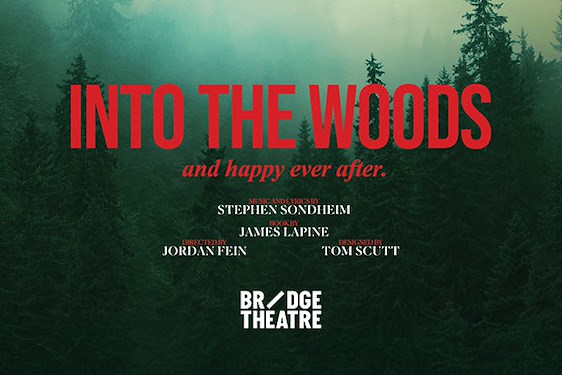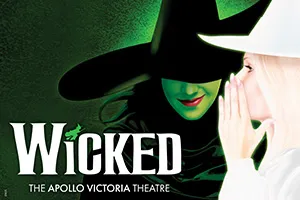Wild child to MBE, Morag Deyes, much loved, is the outgoing Artistic Director of Edinburgh’s Dance Base, the year round zinging hub where anything dance related might happen and during the Fringe the place to be. For 27 years she has brought joy to so many people’s lives through dance and though she stepped down last year she is continuing to curate for one last Fringe this year, 2022. Showcasing the best of dance in Scotland and bringing international dance to Edinburgh, she is determined to go out with a bang.
Dance can change your life.
Morag believes dance can change your life as it did hers. Born in 1953 in Edinburgh, off Fountainbridge, dancing was always something she felt compelled to do. At home they had four records she would play and dance to incessantly: Meyerbeer and Constant Lambert’s Les Patineurs, César Franck’s Symphonic Variations, Adolphe Adam’s Giselle and Sylvia by Delibes.
As a child, Morag admits she was feral. Aged 4, she would run about dancing in the street until noticed by an old lady in Dundee Terrace who persuaded her mother the child should go to the Scottish Ballet School in Manor Place run by the formidable Marjorie Middleton. The old lady paid for Morag from age 5-7 since her mother could not afford to - they were hungry and often had no electricity. Morag does not remember the old lady’s name but she is eternally grateful to her. Then aged 11-15 she went to June Geissler’s in Eglinton Crescent. ‘The hard-won rules suited my character as I was off the rails,’ said Morag. Like many ballet schools, it was tough and could be cruel.
By age 13, Morag was completely off the rails. Instead of going to her school, Leith Academy, she spent her time dressing outrageously and being chased by truant officers: ‘I’m going to be a dancer so I won’t bother with this education lark.’ When she was 15 she came home to find the door boarded up. Her mother had disappeared with a new man and baby and Morag was abandoned. Luckily she had a boyfriend she could move in with.
Then she won a scholarship to William Mowat-Thompson’s Theatre School of Dance and Drama, Shandwick Place (aged 15-17). Her life changed again when one day the door opened and an apparition appeared. ‘Darling, I’m here.’ Morag raises her arm and mimics. It turned out to be Lindsay Kemp in an afghan coat. Morag fell in love immediately with his whole persona. Completely OTT, highly charismatic and funny, he liberated Morag’s sense of what you could be and do. She ended up as his acolyte. ‘I discovered false eyelashes as day wear’. Maker of these eyelashes, gin pourer and general skivvy in the kitchen - she made salads for David Bowie at Lindsay’s place in Drummond Street - but she also watched Lindsay’s classes and was even in some of the shows. The good thing about all the queens surrounding her was they left her alone sexually and only wanted to borrow her frocks. Lindsay became a ‘mother’ to her and her ‘fairy godmother’ was his business partner, ‘the Incredible Orlando’, Jack Birkett. It was the first time Morag had felt safe and could be her authentic self.
This background surely formed Morag’s whole approach to making Dance Base an inclusive, nurturing and caring community, where everybody is welcome, with freedom of expression, and every aspect of humanity and identity is celebrated. Whether issues of gender, race, disability, age or even fashion and style, every ‘ism’ challenged. ‘I still believe this and more is possible and am inspired daily by people who stand up and demand their rights to be human beings.’
But that is to jump ahead. When Lindsay left for fame and fortune in London, Morag became a dancer, first in Portugal with ‘Revista’, old-fashioned vaudeville putting on three shows a day, anything from flamenco, jazz to ballet. Moving to Bath, at 23 she got pregnant and brought up two sons as a single mother, alternating waitressing, cleaning, volunteering at Oxfam, even standing as a Green candidate and teaching jazz classes (teaching herself to teach) which became hugely popular within three weeks. An opportunity dancing as an understudy at the Welsh National Opera Ballet Company came up, where she was cherry-picked to become a company member (-‘I’m not sure what the other girls thought of that’-) and learnt the democratic nature of dance, since every choreographer had a different style. She had to commute from Bath but at last she could afford child-minding fees. Not every opera includes dance, of course, so again, starting from nothing, she progressed from volunteer to running the Bath Fringe as Artistic Director. She was good at knocking on doors fund-raising. ‘I was sassy and Scottish and terrifying for people in Bath.’
When in 1994 the advert for Artistic Director of Dance Base came up it seemed like fate. After all, she was Scottish. It had to be. Despite years of experience as dancer, teacher and curator, she was full of self-doubt but her motto inspired by Mark Morris, later Dance Bases’ Artistic Patron, was: ‘Just do it.’ At the interview she was ‘gallus’ wearing purple shoes and a bright red jacket and gave it ‘laldy’. To her surprise, she got the job. The can-do approach had won through again.
Many years later, this attitude came in handy when arguing that there should be a purpose-built Dance Base in the Grassmarket (no longer just performing in dingy basements). Questioning councillors and Lottery committees, she challenged them: ‘How very dare we not have a national dedicated dance centre for Scotland? If Edinburgh doesn’t create one, you know who will!’
Carrying on in this brass-necked fashion with the architect, Malcolm Fraser, she told him ‘You need to know how it feels to dance, then you can design a studio for them.’ To be fair Fraser went to yoga, contemporary classes and others. The result is the iconic, beautiful glass-lit building, connecting with city and sky. A meld of modern design incorporating parts of old Edinburgh, alongside parts of the Flodden Wall, it even has a view of the Castle through some of the studio glass ceilings. Morag reminisced that the patron, Prince Charles, came to the opening but the plan to have dancers abseiling down the front of the building had to be scrapped due to security after 9/11.
Dance Base is unique in that it hosts under the same roof, not only dance classes year round for amateurs and professionals alike but is also a festival venue curating its own fringe. It also offers residencies for international and home-based professionals to develop work and opportunities for the public to view ‘a sharing’. Most centres offer classes in one type of dance only but at Dance Base the range is extraordinary: ‘Dance is dance is dance,’ as her mentor, Mark Morris, would say: classical and contemporary ballet, jazz, tap, ballroom, hip hop, salsa, musicals, flamenco, tango, swing, belly-dancing, burlesque, voguing, Afrobeat, Bollywood, Highland, plus a Gaelic ceilidh, recently aerial skills, occasionally amazing one-offs like 15th century English courtly dance. The age range catered for is from toddlers through to elders. There’s an outreach programme for teenagers at risk, those suffering from Parkinson’s, people with disabilities. The list goes on. For well-being, there’s pilates and a masseur. Like the Hindu dancing Shiva, God of compassion with ten arms, Morag's ability to be open and facilitate new ideas is impressive; so many dancers and choreographers have found her enthusiasm and welcoming persona have made her hugely approachable, at the same time as maintaining the highest of standards.
I asked Morag what she is most proud of during her time at Dance Base. She modestly did not mention the MBE in 2007. ‘Prime and the Fringe’, she said and couldn’t decide between them. Prime, her pride and joy, is a semi-professional group of ‘elders’, mainly female with the occasional male, whom Morag has mentored and this feisty group have performed in Singapore at an elders’ festival. At 69, Morag has been on a mission to redefine ageing.
Her last Fringe promises to be as weird, wacky and wonderful as ever, a variety of fun and fabulous outrageousness, exquisite technique and meditative, heart-stopping and show-stopping pieces and all with the highest standards of excellence. As well as new companies, Morag has invited back some of her favourites from over the years, such as Bill Coleman with Felt, Errol White and Davina Givan with Worn, Pat Kinevane/Fishamble in A Work in Progress, Australian Liz Lea, flamboyantly fabulous in Red, Ballet Ireland but also the premiere of an inclusive show, IceAge by Resident Island Dance Theatre for which Morag has been and continues to be Artistic Mentor. The choreographers are a Taiwanese visually impaired dancer, Chang-Chung and French-Basque disabled dancer, Maylis Arrabit, in a wheelchair. There will be every kind of dance imaginable and an innovation, Dance Base as a venue for a dance symposium led by Taiwanese delegates.
What next? After the Fringe, Morag will get out of the hair of the new Artistic Director, Tony Mills. She is setting off for Taiwan to teach an elder group with BDance, then it’s Delhi mentoring Aditi Mangaldas and her company which Morag has been doing for over 10 years in how to bring an outside eye to modernising classical Kathak. (Incidentally Aditi mentors Akram Khan in classical Kathak.) Morag and Aditi are working on a solo called Forbidden which deals with mature female sexuality and premieres in Mumbai in November. Then it will be Australia and possibly Africa. Morag is not using the word ‘retire’. ‘If ever your life needs a new kick of life, a kick in the arse…’ This will not be the end but a new beginning. We wish her well and can’t wait to see what she will do next.


















